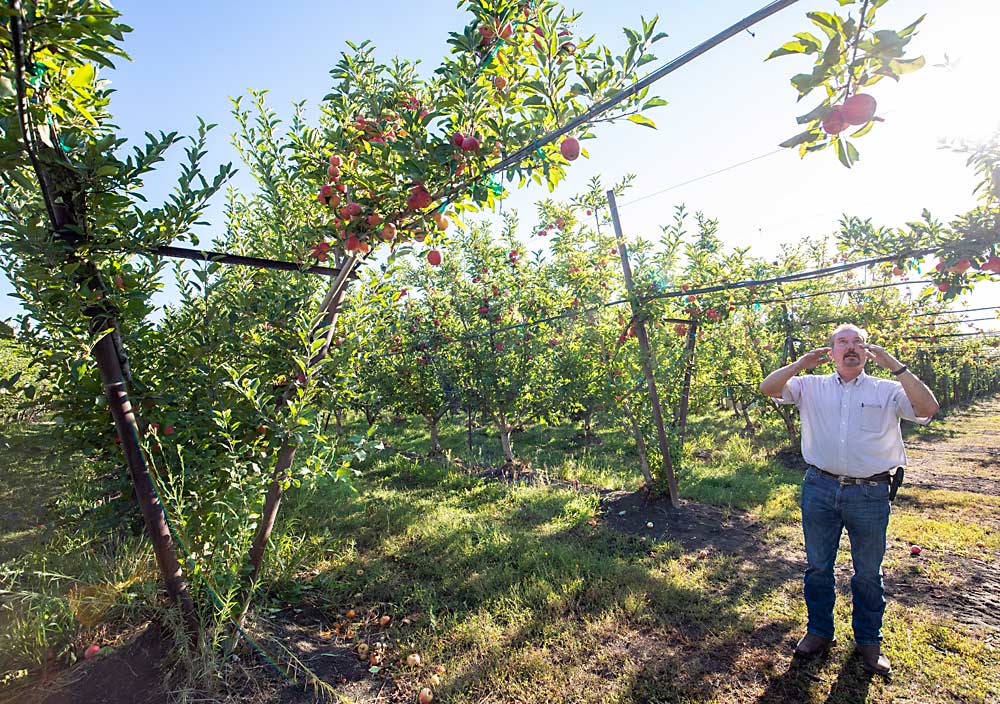
Jeff Colombini grows trellised apples above his drive row cutouts. He stops irrigating about five to six days before harvest to cut down on fruit bruising. And he has some of the craziest cherry grafts you’ve ever seen.
Good Fruit Grower visited Colombini in Lodi, California, in early August to talk water scarcity, labor shortages and history, and while we were at it we came away with a hodgepodge of fruit growing lessons as well. So, consider this a brief catch-up tour with Colombini, the magazine’s 2013 Grower of the Year.
In Lodi, in the heart of California’s Central Valley, just south of Sacramento, Colombini has 200 acres of cherries and 500 acres of apples.
Walking through his Gala block is easy, thanks to apple-covered archways large enough to drive under. To capitalize on his space but still improve labor efficiency, Colombini left drive row cutouts in his apple orchard but extended the trellis wire overhead and trained branches along them. With 8-foot tree spacing on Malling 7 rootstocks, he estimates the cutouts cost him only half a tree’s worth of production, but the efficiency gains make up for it.
“I like to be able to drive across the field,” Colombini said.
Platforms don’t fit under the overhangs, but other equipment, tractors and pickups do.
The cutouts allow foremen to more easily and frequently do quality control for color picking, manage crew members and place bins. It leads to better quality, as well as efficiency, he said.
Colombini has been using platforms for all his pruning for seven or eight years. He has nine machines now and harvests more than half of his apples with them.
“I think it pays off even more with pruning,” he said.
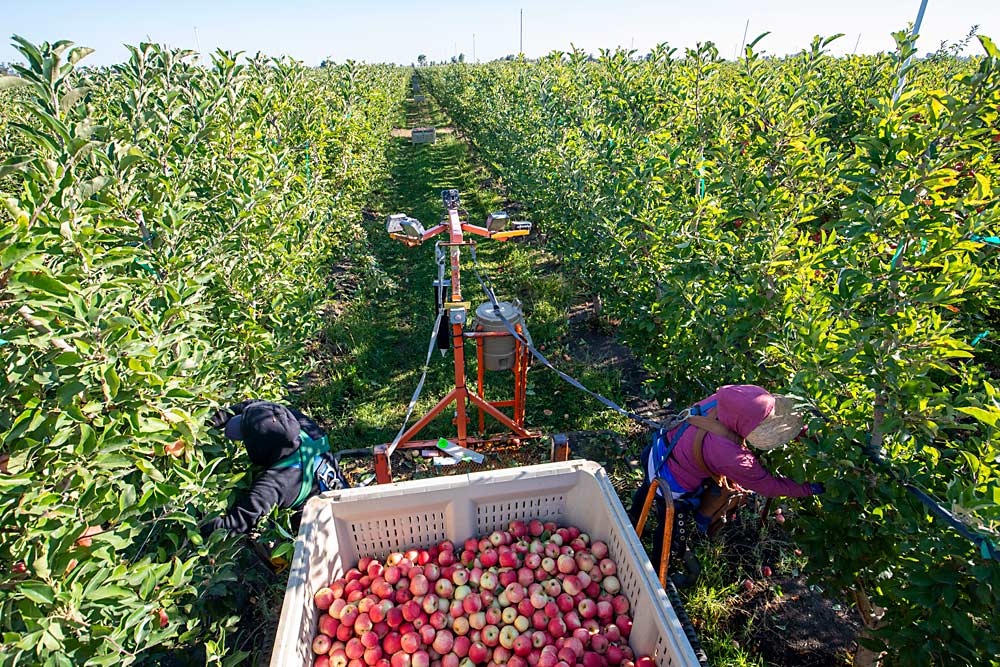
Colombini mechanically hedges and tops his trees roughly two to three weeks before harvest to boost sunlight exposure. For the same reason, his crews hand-prune the interior of the V-trellis near the bottom and the eastern exposed side, but they leave the western exposure unpruned to protect the fruit from the hot afternoon sun.
Like many growers, Colombini is going organic, to seek the market premium. He began the transition of one of his high-performing Gala blocks in 2018 and harvested his first certified crop in 2021.
As a result, he has noticed increased pressure from rosy apple aphid, which causes curled leaves and small, deformed fruit. The pest favors Granny Smith apples, which he uses as a Gala pollinizer. To compensate, he and his crews have stepped up monitoring the pest’s grassy overwintering hideouts and are mowing and weeding in those spots.
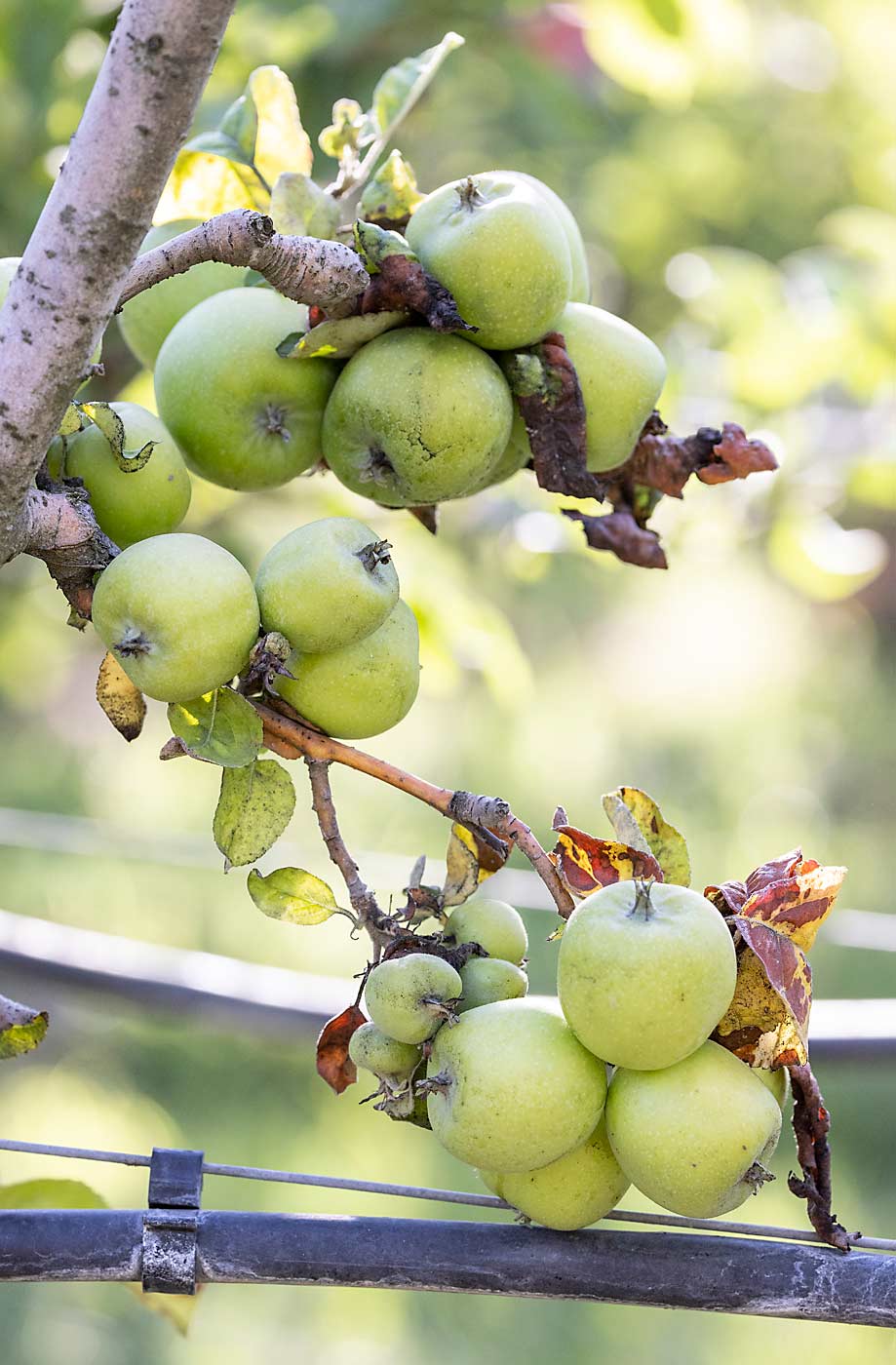
He also is concerned about increasing codling moth pressure now that he is limited to organic controls, though he has been fortunate so far. None of his neighbors grow organic apples or organic walnuts, which can host codling moth.
To overcome nitrogen deficiencies, he is working harder to put down more compost, an inexpensive commodity now that California mandates all residents separate their yard debris. In fact, the only expensive part about mulch in California these days is hauling it.
He uses lime sulfur for thinning, and he mows and burns weeds.
One of the most important organic lessons: “We can’t have everything perfect,” he said.
About those cherry grafts
In 2020 and 2021, Colombini converted a combined 40 acres of Bing, planted in 1999 with 18-foot spacing, to Coral Champagne, now the most popular sweet cherry in California, by volume. The cultivar produces earlier and larger cherries less prone to rain cracking or doubling. Corals require fewer chill hours, something the Central Valley of California has been getting less of in the past decade.
He calls his grafting technique “sucker grafting.”
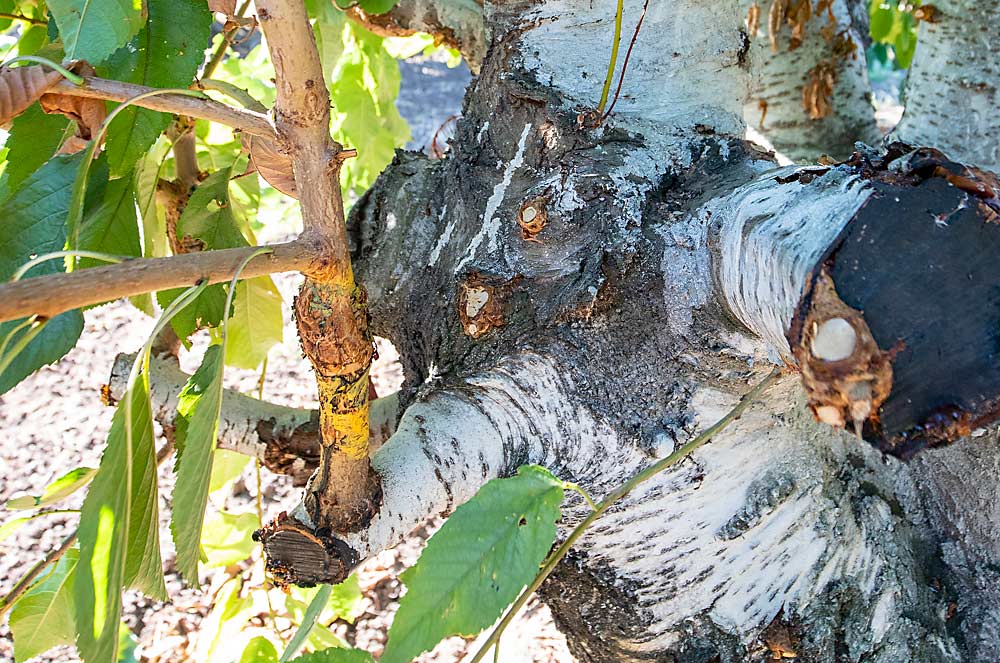
After harvest, his crews used chainsaws to cut off the thick branches roughly 4-feet high. They let new growth, or suckers, take off for the rest of the year. The next spring, he grafted the new cultivar to those suckers.
He has not heard of growers using this technique in the Northwest, where the shorter season might make it less effective.
In spite of the innovation, Colombini is feeling the same constraints as any California tree fruit grower.
Labor costs have risen between 40 and 50 percent over the past five years. He is strongly considering adding almonds, which can be machine harvested and don’t require as many chill hours as apples and cherries do. Lodi — a former wetland that slowly fed the San Francisco Bay — is typically cooler and wetter than the rest of the drought-stricken state, he said. Nut producers, more prevalent toward Fresno, are creeping north into his neighborhood.
“I don’t see us planting more apple orchards,” Colombini said.
—by Ross Courtney

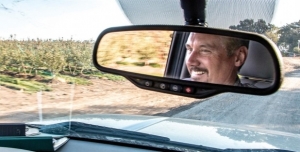
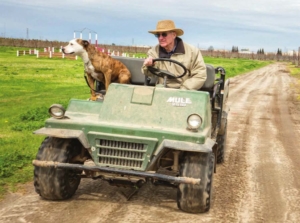
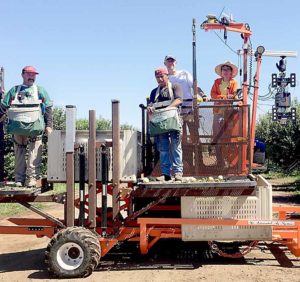
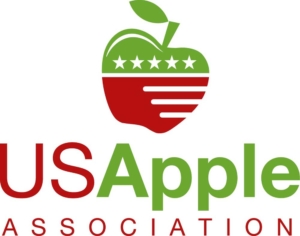





Leave A Comment